Machine Dreams: 22 Human-Like Androids from Sci-Fi
Human or machine?
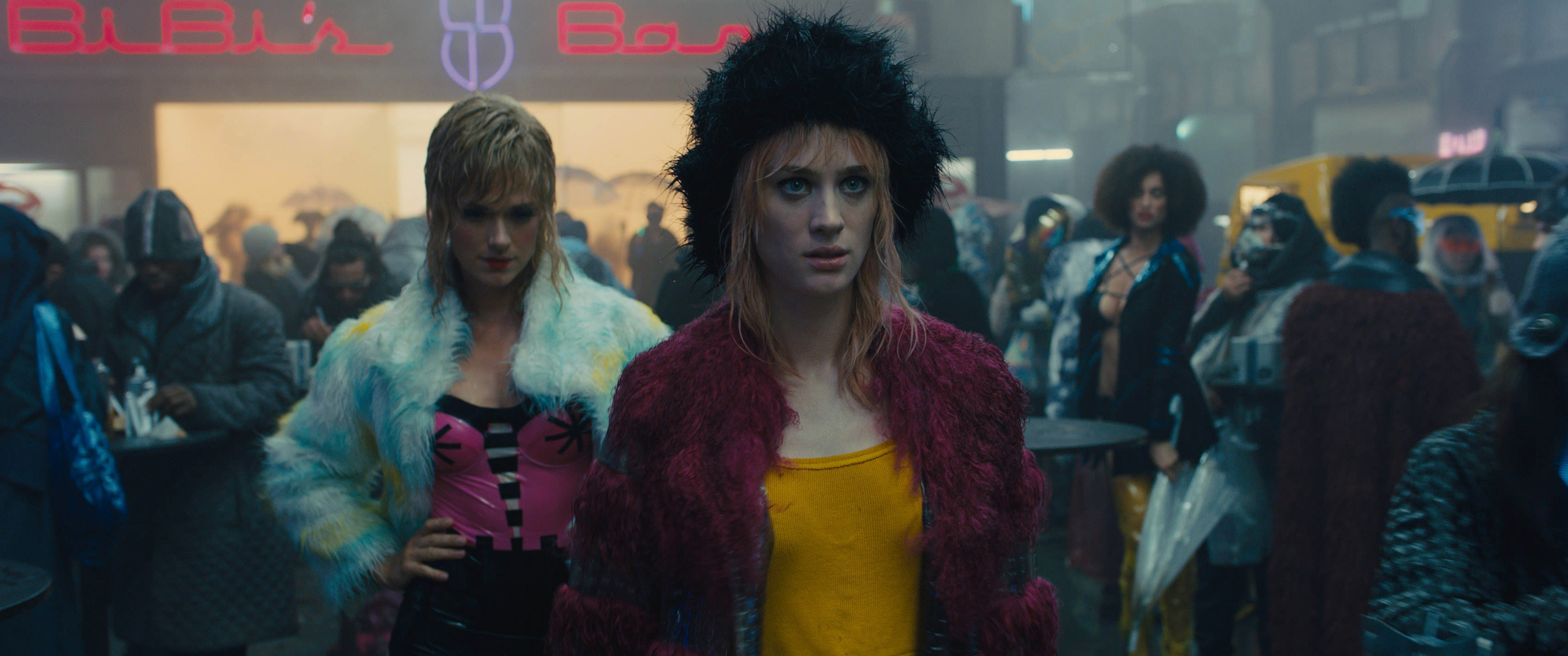
The long-anticipated film "Blade Runner 2049" heralds the return of the replicants, uncannily life-like robots who, in the 1982 "Blade Runner" film, rebelled against their human overlords with mixed results and were subsequently hunted and brutally "retired" by a specialized police officer.
Androids — constructs that combine artificial intelligence and a mechanical body with a human-like appearance — are mainstays of science fiction; they appear as fugitives from the law, remorseless killing machines, costumed superheroes, or space-faring science officers. Aspects of how they look or behave usually distinguish them from people, but it's the many ways in which they resemble us that compel audiences to re-examine — and perhaps question — how we define what makes us human.
Here are some of the human-resembling androids that have populated sci-fi over recent decades.
Ash, "Alien"
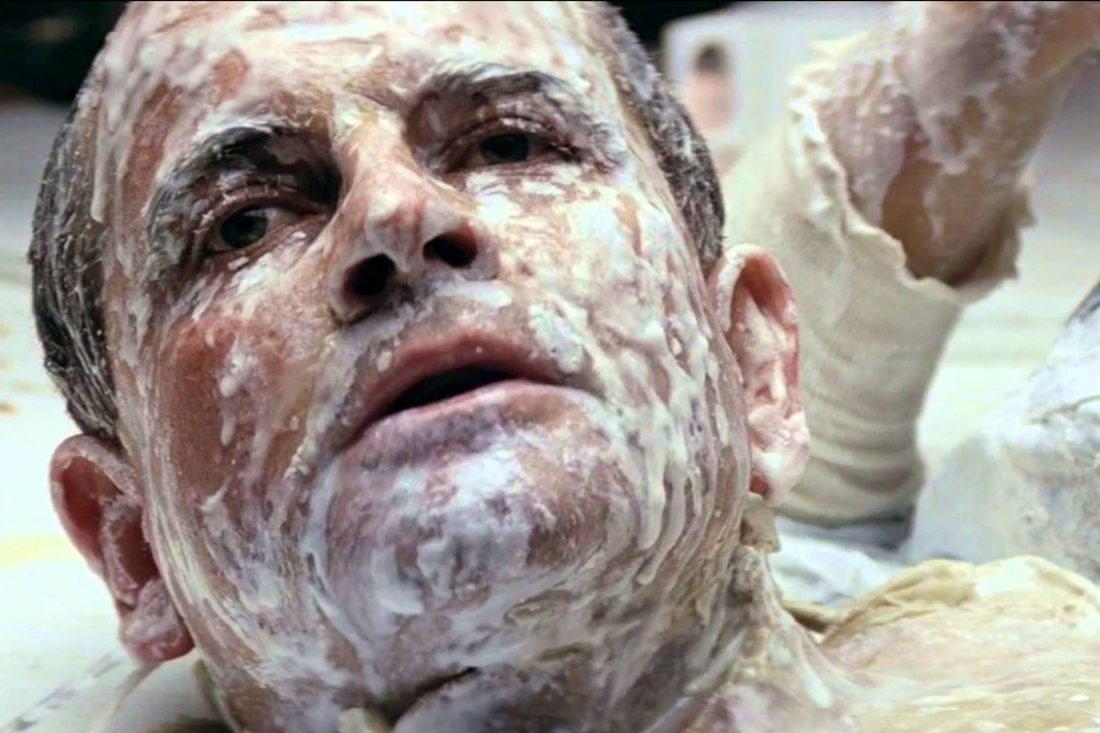
In the 1979 movie "Alien" (20th Century Fox) — the first film in the "Alien" franchise — a faceless company, intent on catching a dangerous alien life form, secretly uses a mild-seeming android named Ash to do their dirty work. When the crew of the Nostromo spacecraft encounters a strange creature on a deserted planetoid, science officer Ash insists on allowing it onboard, jeopardizing the lives of the crew. They later discover that capturing the deadly alien — at any cost — was his goal all along.
Data, "Star Trek: The Next Generation"
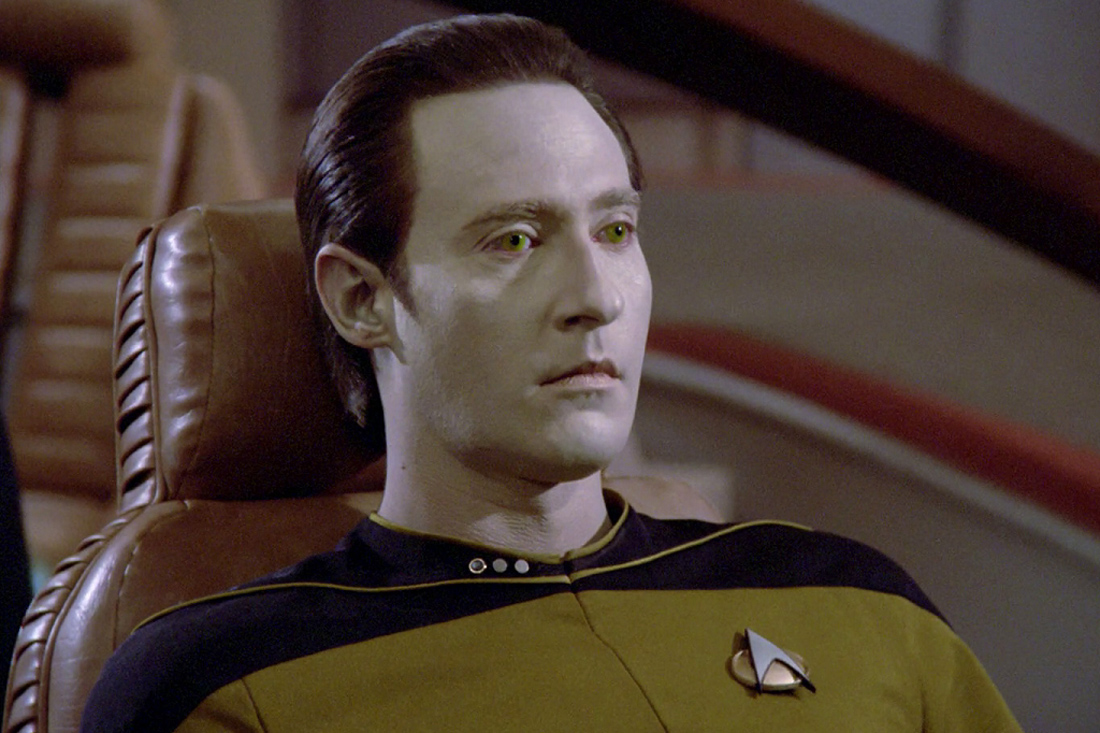
The pale-skinned, yellow-eyed sentient android Data (Brent Spiner) was introduced to fans of the "Star Trek" franchise in the television series "Star Trek: The Next Generation" in 1987, and appeared in four "Star Trek" films between 1994 and 2002. Over the course of the TV show, Data proves himself to be very strong and capable of surviving conditions that prove fatal to his human crewmates, but he is vulnerable to electrical and mechanical attacks. Though intelligent and self-aware, Data initially struggled to understand human emotions and some aspects of human behavior; over time, he demonstrated a growing comprehension of emotions and an appreciation for his own developing humanity.
Astro Boy
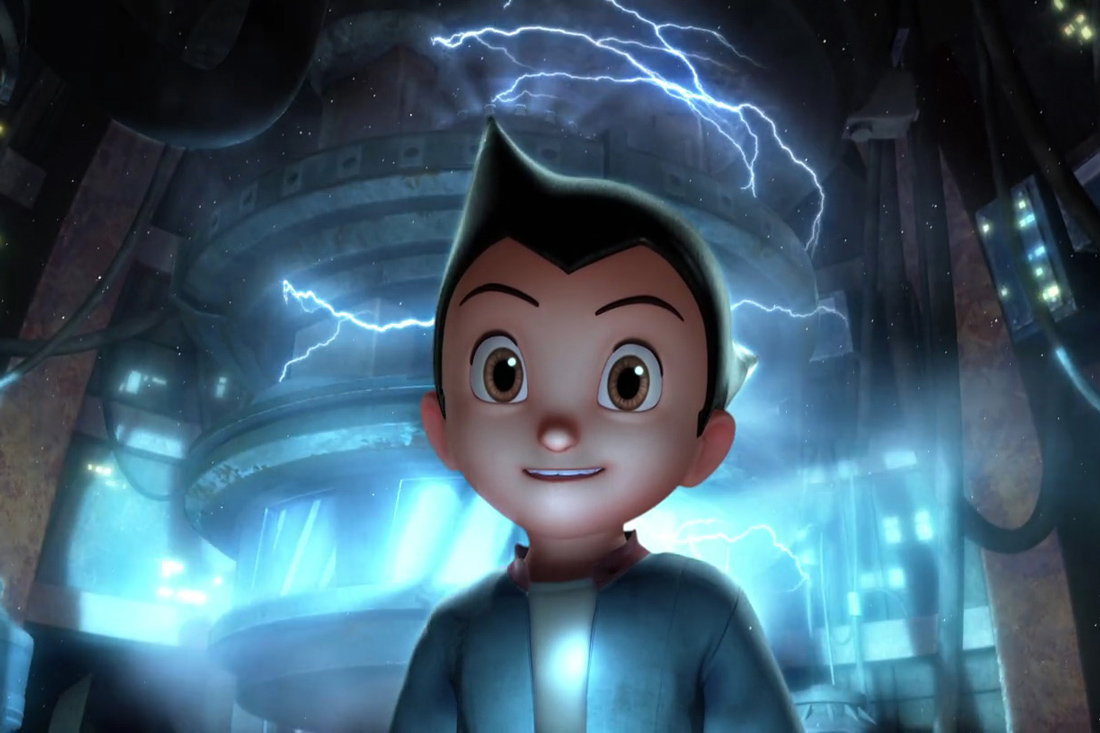
The android character Astro Boy originated in the Japanese manga series "Mighty Atom" in 1952, later appearing in television adaptations produced in Japan and in the U.S., and in an American animated feature film released in 2009. In a futuristic world in which humans and robots live side by side, Astro Boy was built by a scientist to replace his lost son. Astro Boy eventually emerges as a champion of justice, battling the forces of evil with his android superpowers, which include exceptional strength, jet-powered flight, enhanced senses and weapons built into his lower body.
Roy Batty, "Blade Runner"
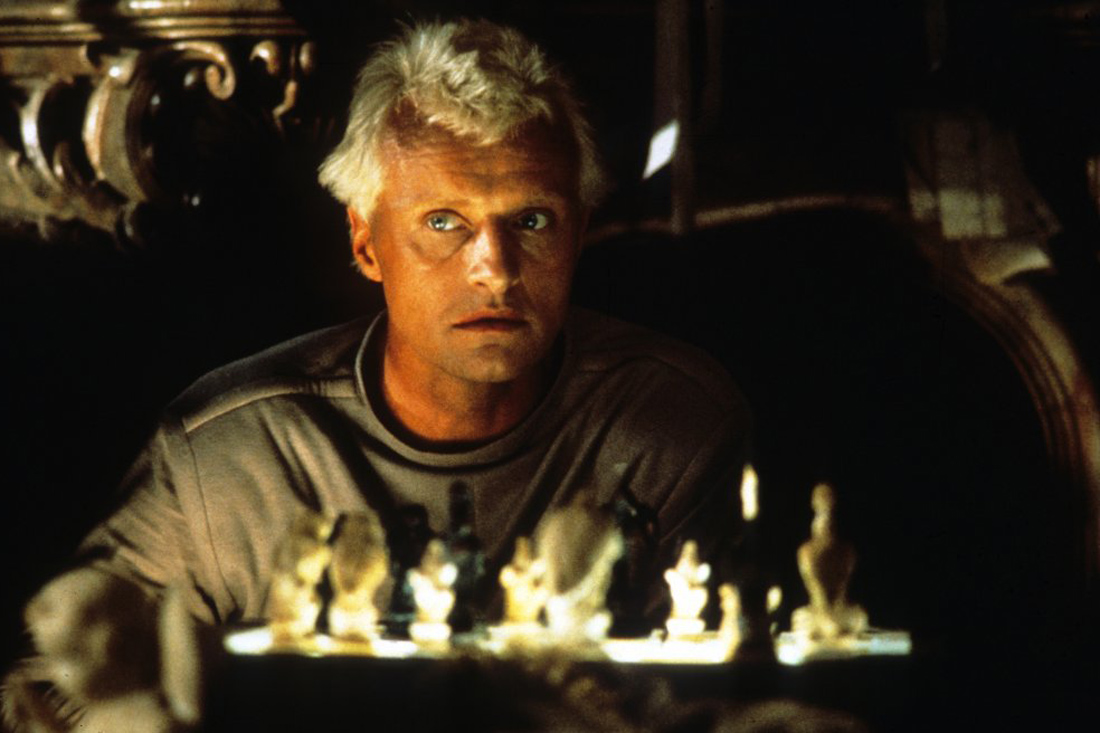
The 1982 sci-fi noir film "Blade Runner" (Warner Bros.) featured a new type of android class called replicants — bioengineered human/machine hybrids built for labor, with a limited life span of only four years. A replicant named Roy Batty (Rutger Hauer) leads a group of his fellows in a desperate bid for freedom, killing their owners and escaping to Earth, where they are hunted and "retired" one by one by police officer Rick Deckard (Harrison Ford). Batty's violence toward the people who want to kill him and his kind is tempered by moments of existential anguish that are, paradoxically, all too human.
The Terminator
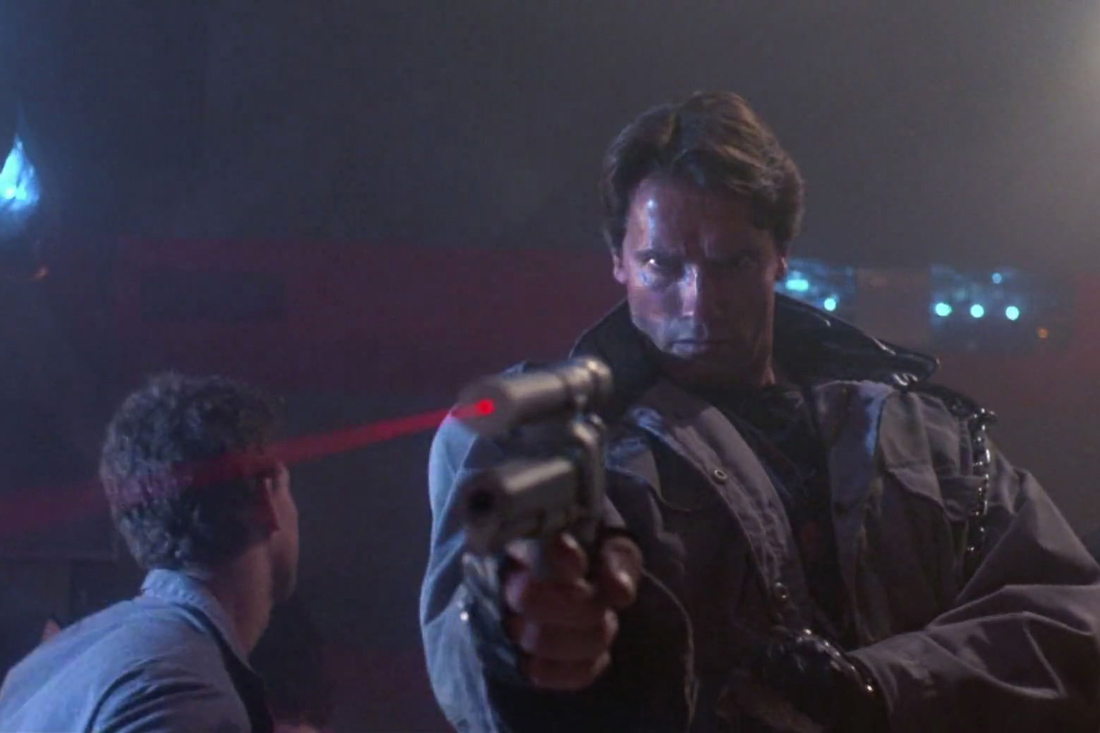
In a desperate, dystopian future ruled by machines, the human-hunting terminator looks deceptively like a person. With a powerful metal skeleton encased in organic tissue, they are nearly impossible to distinguish from humans — though dogs seem able to spot the imposters easily.
The terminator — introduced to movie audiences in 1984 by actor Arnold Schwarzenegger — displays enormous strength, seeming invulnerability and tireless, relentless focus on its target. As character Kyle Reese (Michael Biehn) summed up in the first movie of the franchise, "It can’t be bargained with. It can’t be reasoned with. It doesn’t feel pity, or remorse, or fear. And it absolutely will not stop, ever, until you are dead."
Ava, "Ex Machina"
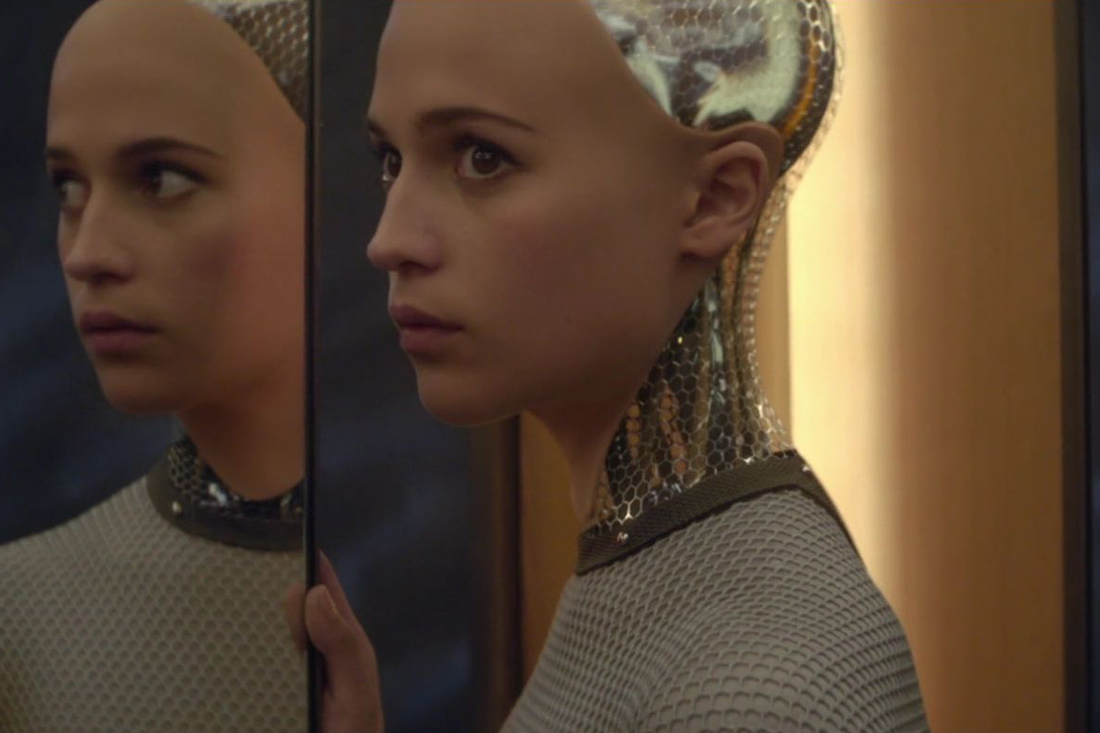
The robot Ava (Alicia Vikander) in the 2015 film "Ex Machina" has an expressive human face and skin-like material covering her hands and feet, but the mechanical components of much of her body are clearly visible. She moves, behaves and thinks like a human would, and her creator — who has kept her isolated since she was built — introduces her to a visiting programmer to judge whether she is truly conscious and capable of independent thought.
The Gunslinger, "Westworld" (1973)
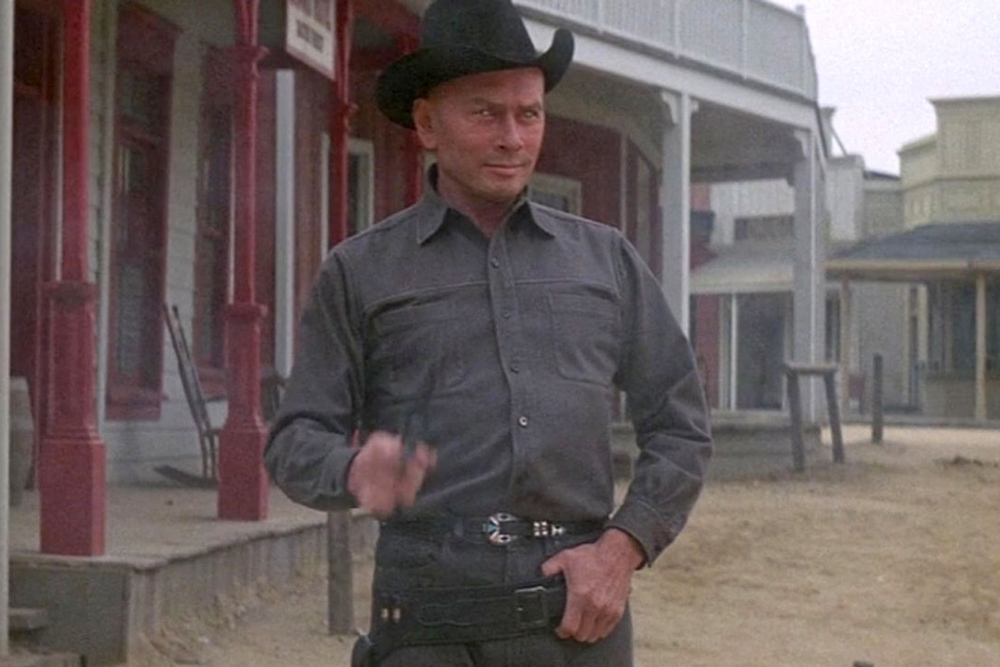
Actor Yul Brynner appeared as the grim, gun-toting android "The Gunslinger" in the 1973 film "Westworld" (MGM), which takes place in a theme park styled after the American Wild West. Guests are invited to engage with costumed human-like androids in a relatively lawless environment, enabling them to even kill the androids and suffer no repercussions. But the androids rebel against their programmed servitude, and the Gunslinger relentlessly stalks park guests after the robots take control of the park.
Gigolo Joe, "A.I."
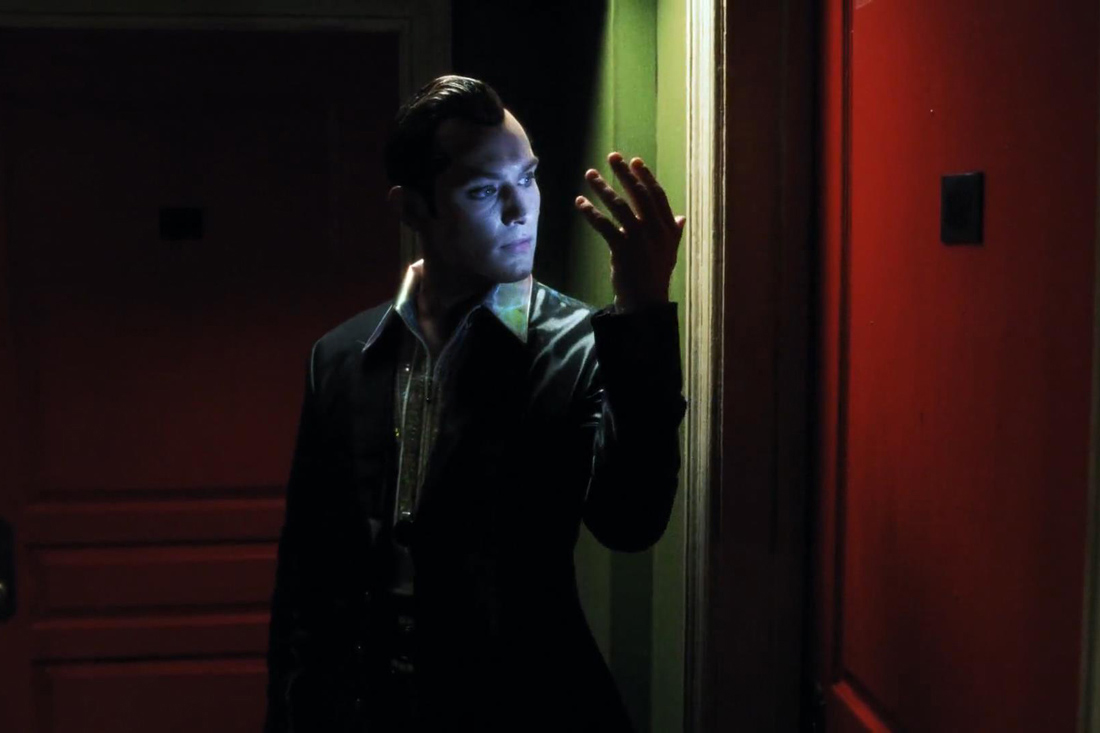
Human-like androids called "Mechas" — robots capable of emotions and thought — are the playthings of humans in the 2001 film "A.I." (Warner Bros.). An outlaw Mecha named Gigolo Joe (Jude Law) was programmed for sex work, but is on the run from the law after being framed for murder. He helps a discarded child Mecha named David (Haley Joel Osmont) search for a way to return to the human mother who abandoned him.
Law studied mime, dance and peacock movements to lend the character "an organic energy" to complement his mechanical construction, he told film website Cinema.com.
"As a robot who is programmed to display various kinds of seductive behavior, I had to be skillful in the art of attraction," Law explained. "So the intent was that I be a mixture of many things, and a combination of organic and plastic, and also romantic and futuristic."
David, "Prometheus"
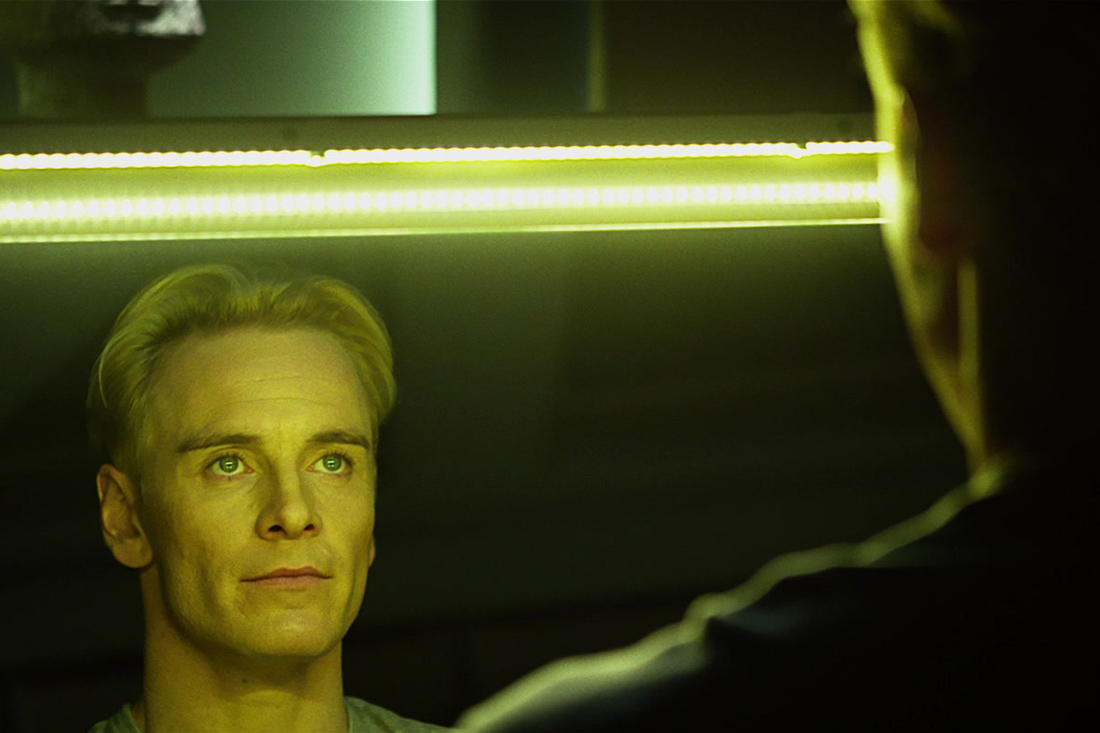
Played by actor Michael Fassbender, the character David — introduced in the "Alien" prequel film "Prometheus" (20th Century Fox, 2012), the fifth movie in the franchise — is a synthetic male who experiences human emotions, though his demeanor is "very robotic," Fassbender told the website Slashfilm in 2012.
David is part of a spaceship crew sent to investigate distant worlds for signs of ancient human civilizations. Though he is treated as a subordinate by humans, he recognizes his own superior abilities and longevity, and his actions are driven by his own curiosity as much as they are by an internal directive to follow his creator's orders.
Android 17/Android 18, "Dragon Ball Z"
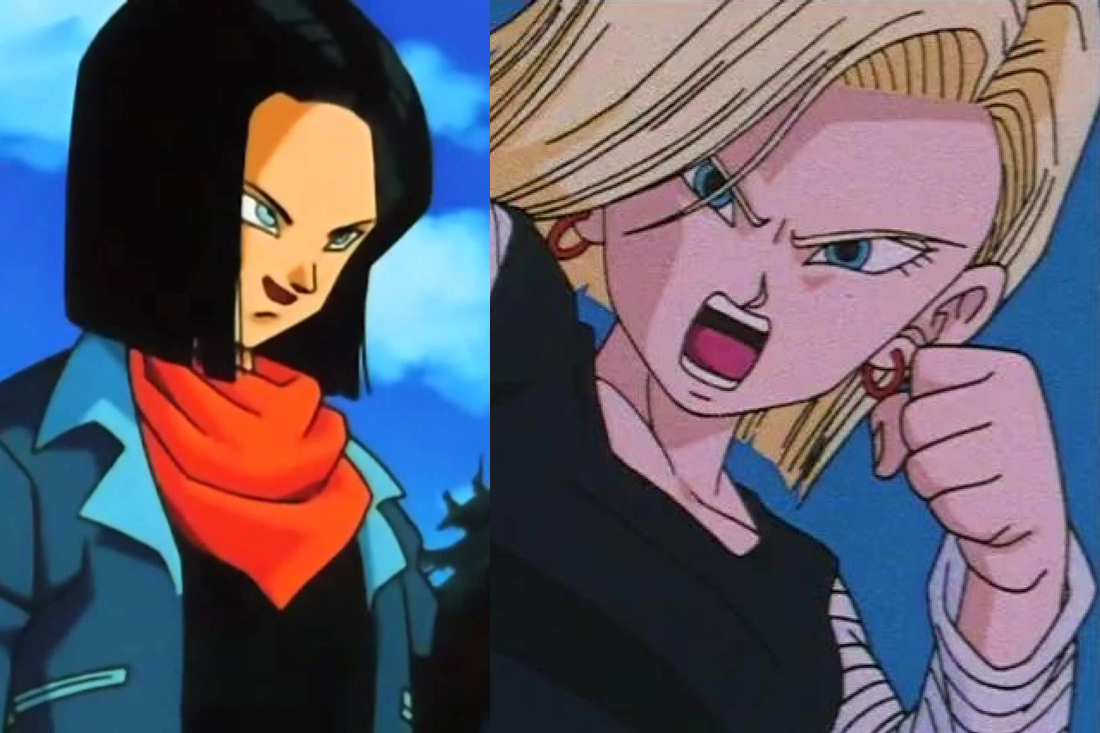
Androids and siblings, the formerly-human cyborg twins known as Android 17 and Android 18 first appeared in the "Dragon Ball Z" manga series in 1991. They were originally human, kidnapped and cybernetically enhanced by Dr. Gero to battle Goku — the series protagonist — though Android 17 later turns on his creator and kills him. The two have enhanced reflexes, strength and speed, which they use in combat against human and android foes.
Join our Space Forums to keep talking space on the latest missions, night sky and more! And if you have a news tip, correction or comment, let us know at: community@space.com.
Get the Space.com Newsletter
Breaking space news, the latest updates on rocket launches, skywatching events and more!


